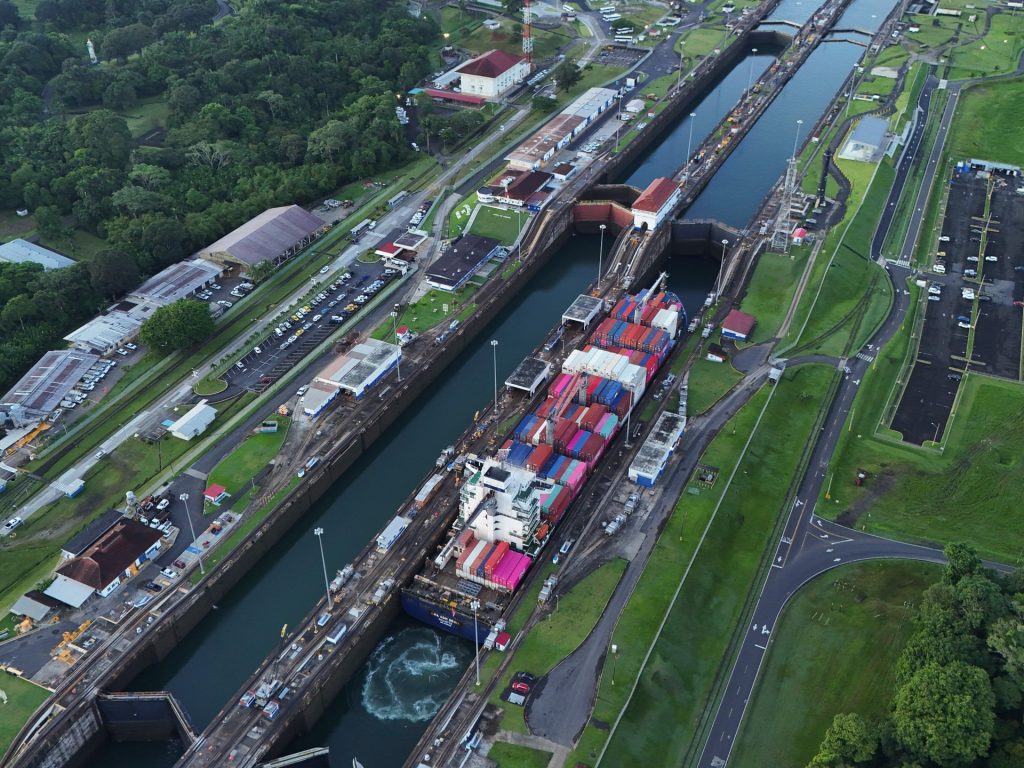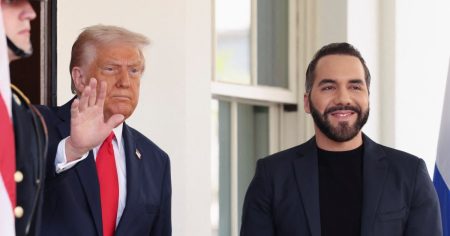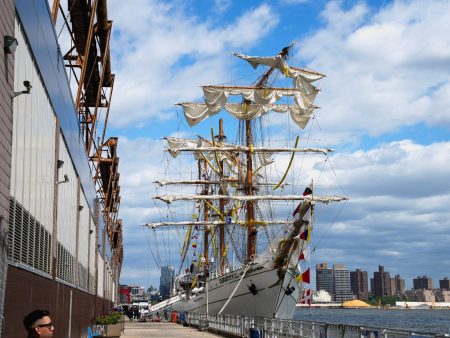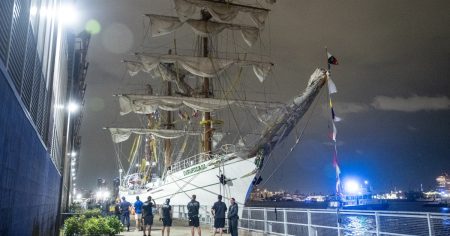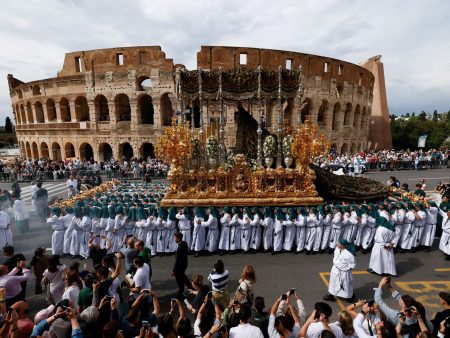Donald Trump, as he prepares to reassume the presidency of the United States, has recently made threats to retake the Panama Canal, claiming that Panama is charging excessive fees for its use. He has also unfoundedly alleged that Chinese troops are currently operating the canal. However, it was actually the United States that built the canal at the beginning of the 20th century and only handed over control to Panama in 1999. Trump’s comments have sparked controversy, especially considering the history between the US and Panama.
The history between the US and Panama is fraught with instances of what Trump calls “extraordinary generosity.” One such example is the US military’s “Operation Just Cause” in 1989, where thousands of civilians were killed in an intense display of firepower. This event led to the surrender of Panamanian leader Manuel Noriega, who was later sent to Miami to face charges related to drug trafficking. Despite this, Panama’s ruling class became further involved in the drug trade after Noriega’s removal, highlighting the complicated relationship between the two countries.
The US presided over the Panama Canal Zone from 1903 to 1979, which acted as a de facto colony with racial segregation policies reminiscent of the US. The construction of the Panama Canal in 1914 claimed thousands of lives and relied on dark-skinned labor and chain-gang servitude. This project, overseen by President Theodore Roosevelt, symbolized the US’s quest for global dominance rather than genuine generosity towards Panama.
The creation of the Panama Canal involved complex negotiations between the US and Colombia, ultimately leading to the birth of the new nation of Panama in 1903. Panama ceded a portion of its territory and national sovereignty to the US, embodying the idea that the country was “carved out of the heart of Latin America to serve the objectives of a foreign power.” The scars of this carving are still visible in Panama City, with reminders of the country’s tumultuous history with the US.
Trump’s own connection to Panama City through a luxury condo formerly branded as the Trump Ocean Club International Hotel and Tower adds another layer to the tense relationship between the US and Panama. The building has been tied to drug money and international organized crime, highlighting the complex dynamics at play in Panama. Trump’s recent threats regarding the Panama Canal are seen as part of his “America First” approach, appealing to his base with claims of US entitlement.
In conclusion, the history between the US and Panama is marked by a mix of power dynamics, exploitation, and conflict. Trump’s recent comments regarding the Panama Canal reflect a broader pattern of US imperialism and entitlement, despite the country’s history of violence and manipulation in Panama. As Trump prepares to reenter the presidency, his rhetoric towards Panama serves as a reminder of the complicated relationship between the two nations, shaped by a legacy of colonization and exploitation.









